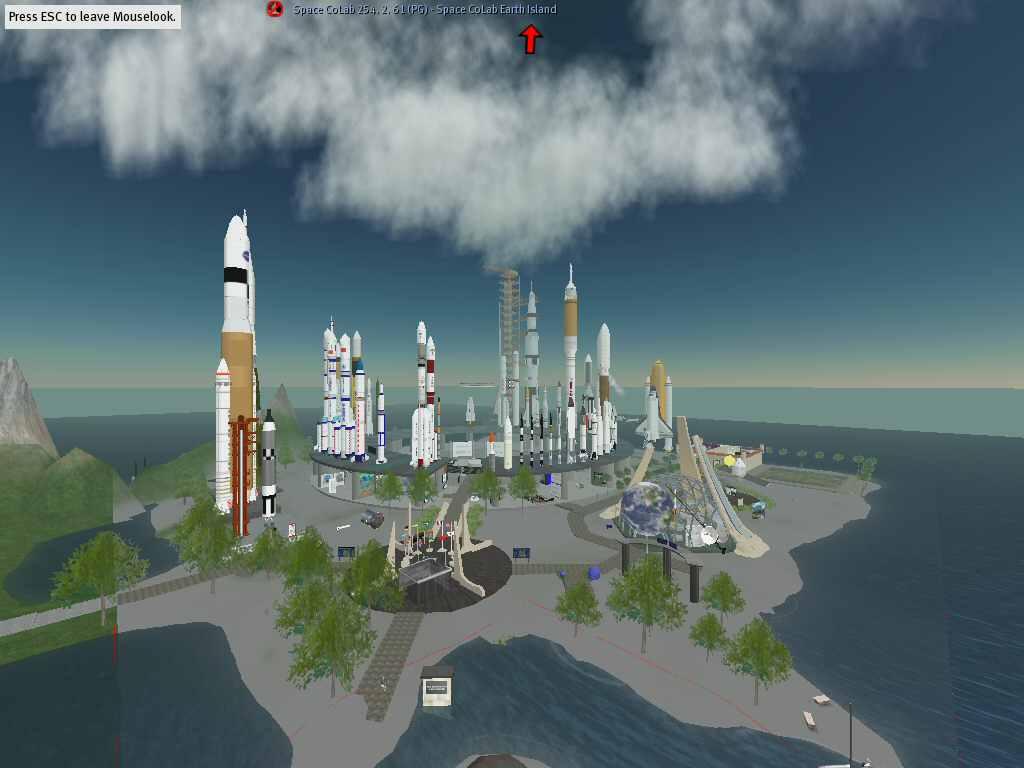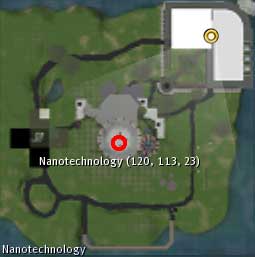
Cambridge (24hoursnews) Source tgdaily-
MIT researchers have created a new structured gel that can rapidly change color in response to a variety of stimuli, including temperature, pressure, salt concentration and humidity.
Researchers at MIT have developed a type of layered gel which changes colors very rapidly. The color change extends even beyond the visual spectrum, from 300 nm (ultraviolet) to 1600 nm (infrared) radiation. Changes in pressure, temperature, salinity and humidity alter the color. Scientists believe the gel could be used as a fast acting chemical sensor, one giving visible cues as to the chemical's state.
The gel is a dual polymer thin film comprised of alternating layers of polystyrene and poly-2-vinyl-pyridine (2VP). By varying the thickness of these materials when manufactured, a color base change can be created. The change in material thickness during use due to various stimuli yields the various colors as the reflected light is shifted up and down the spectrum. This effect happens happens physically by varying the charge of nitrogen atoms within the material. The more positive they become the more the material expands and the more the color change is noted
sequence taken from a video. As the dropper releases chemicals onto the material, it goes from red to green to blue, then back to red as another solution is added. The color change effects were about as fast as water from an eye dropper would make the surface of a rock wet.
Because of this reaction, salt ions alter the color, as does the introduction of regular water in varying quantities (even humidity). They change the charge and physically affect the material's thickness in that way. Temperature and pressure also follow Boyle's Law, which states that volume will change predictably as either component is altered. This results in thicker or thinner material and the corresponding color change. By varying the different stimuli, the gel material reacts and changes the original color of the material almost instantly.
A practical example might be food processing plants where salt content, or the food's dryness could be determined rapidly. Changes in air pressure could also be given a visual cure for home use. Multi-readout home weather stations could sport a color changing ball which indicates current local air pressure.
Ned Thomas, Morris Cohen Professor of Materials Science and Engineering and head of the department, left, and Joseph Walish, graduate student in materials science and engineering, display a new structured gel that can rapidly change color in response to a variety of stimuli. Photo by Donna Coveney.
It's interesting to note that in June, 2006, some new snake species were discovered in Indonesia's Betung Kerihun National Park. The snakes were reportedly able to change color. They would start with a layered series of red, brown, green and yellow colors, and then turn itself almost completely white in just a few minutes of being exposed to total darkness. Several species of lizards, some other snakes and rare turtles, as well as several octopuses, can change color on demand. Some of these living creatures can even do so almost instantly and with an amazing job of mimicking their surrounding environment. Perhaps these animals have a natural form of the MIT gel?
The team is researching a gel which changes color in response to direct electrical voltages. This work was funded by DARPA (Defense Advanced Research Projects Agency) and the NSF (National Science Foundation). The research was published by Edwin Thomas, MIT's Morris Cohen Professor of Materials Science and Engineering, with work being carried out by his team.


 Google's acquisition of Jaiku, a small Finnish start-up active in the obscure field of microblogging - a word most often associated with the better-known company Twitter - might not appear to be an earth-shaking event.
Google's acquisition of Jaiku, a small Finnish start-up active in the obscure field of microblogging - a word most often associated with the better-known company Twitter - might not appear to be an earth-shaking event.








 The organizers describe the race, which was first organized by Danish adventurer Hans Thostrup in 1987, as an "energy efficiency challenge", which requires a balance between sustainable speed and endurance, energy management and strategic planning. Celebrating its 20th anniversary this year, the challenge has been held in 3-year intervals until 1999 and since then has been held every two years. The last race was won by Dutch Nuon team from the Technical University of Delft, whose Nuon III car crossed the finish line after a race time of 29 hours and 11 minutes. The average speed achieved by Nuon III was 64.3 mph.
The organizers describe the race, which was first organized by Danish adventurer Hans Thostrup in 1987, as an "energy efficiency challenge", which requires a balance between sustainable speed and endurance, energy management and strategic planning. Celebrating its 20th anniversary this year, the challenge has been held in 3-year intervals until 1999 and since then has been held every two years. The last race was won by Dutch Nuon team from the Technical University of Delft, whose Nuon III car crossed the finish line after a race time of 29 hours and 11 minutes. The average speed achieved by Nuon III was 64.3 mph.
 You might have heard of Second Life, an Internet-based virtual world that has received quite a bit of media attention over the past year. A downloadable client program called the Second Life Viewer enables its users, called "Residents", to interact with each other through motional avatars, providing an advanced level of a social network service combined with general aspects of a metaverse. Residents can explore, meet other Residents, socialize, participate in individual and group activities, create and trade items (virtual property) and services from one another. Companies and other organizations have set up a virtual presence in Second Life; Sweden has even opened an embassy.
You might have heard of Second Life, an Internet-based virtual world that has received quite a bit of media attention over the past year. A downloadable client program called the Second Life Viewer enables its users, called "Residents", to interact with each other through motional avatars, providing an advanced level of a social network service combined with general aspects of a metaverse. Residents can explore, meet other Residents, socialize, participate in individual and group activities, create and trade items (virtual property) and services from one another. Companies and other organizations have set up a virtual presence in Second Life; Sweden has even opened an embassy.